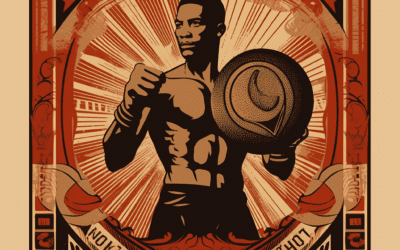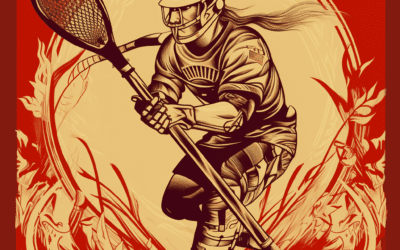The Difference Between Soccer and Football Cleats
Introduction
When it comes to playing sports like soccer and football, the right footwear is essential. Cleats are specifically designed to provide traction, support, and stability on the field. However, there are some key differences between soccer cleats and football cleats that make them suitable for each respective sport. In this article, we will explore the difference between soccer and football cleats and understand why they are uniquely designed for their specific sports.
1. Design and Construction
Soccer Cleats
Soccer cleats are specially designed to maximize ball control and agility on the field. They typically have a low-cut design that allows for greater movement and flexibility. The upper part of soccer cleats is made of lightweight materials such as synthetic leather or mesh to enhance breathability. The outsole features multiple small studs strategically placed across the sole for improved traction on the grass or artificial turf.
Football Cleats
On the other hand, football cleats are designed with a high-cut ankle collar to provide extra support and stability to the player’s feet and ankles. They often have a heavier construction compared to soccer cleats, as football is a more physical and contact-based sport. The upper part of football cleats is made of thicker materials, like leather, to withstand the rough demands of the game. The outsole features larger studs, which are often detachable, allowing players to adapt their cleats to different field conditions.
2. Stud Configuration
Soccer Cleats
Soccer cleats have a variety of stud configurations depending on the playing surface. On natural grass fields, they usually have conical or bladed studs that provide better grip and stability. These configurations allow for quick changes of direction, easy pivoting, and efficient acceleration. On the other hand, on artificial turf, soccer cleats may have shorter, rubber or plastic studs designed specifically for these surfaces, providing optimal traction without damaging the turf.
Football Cleats
Football cleats have different stud configurations based on the position of the player. In general, football cleats have longer studs to penetrate and grip the grass more effectively. However, depending on the position, players may choose different cleats tailored to their specific needs. For example, linemen often opt for cleats with thicker, reinforced studs for better traction, while receivers may choose cleats with shorter and smaller studs to improve speed and quickness.
3. Specific Features
Soccer Cleats
Soccer cleats often have a larger striking area on the upper part of the shoe, which helps with precise ball control and accurate passing. Furthermore, they have a narrower and tighter fit compared to football cleats, as soccer requires more precise footwork and quick movements. Some soccer cleats also have features like rubber ridges or pads on the upper to improve ball grip and enhance control.
Football Cleats
Football cleats are designed with additional features to support the rigorous demands of the sport. They often have extra padding around the toe or the sides to provide protection during tackles and collisions. The high-cut ankle collar offers more ankle support to protect against sprains and injuries. Additionally, football cleats have a wider and more spacious fit to accommodate thicker socks and provide extra stability when running or making sudden stops.
Conclusion
In conclusion, while soccer and football cleats share similarities in terms of purpose, they differ in design, stud configuration, and specific features. Soccer cleats prioritize agility, ball control, and quick movements, while football cleats emphasize support, stability, and protection. Understanding the differences between these cleats can help players choose the right footwear for their respective sports, enhancing their performance and minimizing the risk of injuries.












